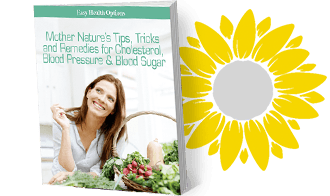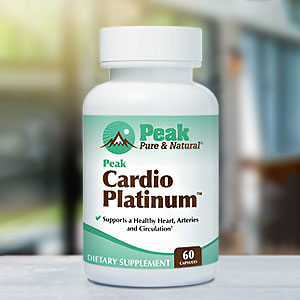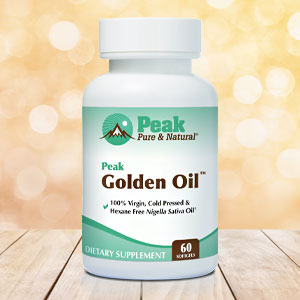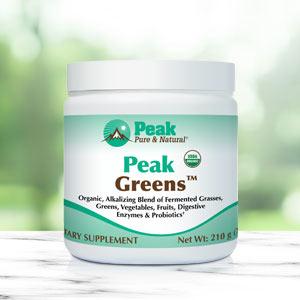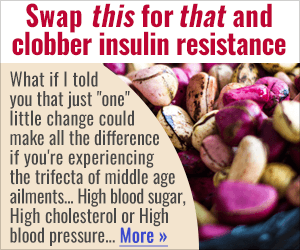Get Easy Health Digest™ in your inbox and don’t miss a thing when you subscribe today. Plus, get the free bonus report, Mother Nature’s Tips, Tricks and Remedies for Cholesterol, Blood Pressure & Blood Sugar as my way of saying welcome to the community!
The perfect pair to beat disease-causing inflammation
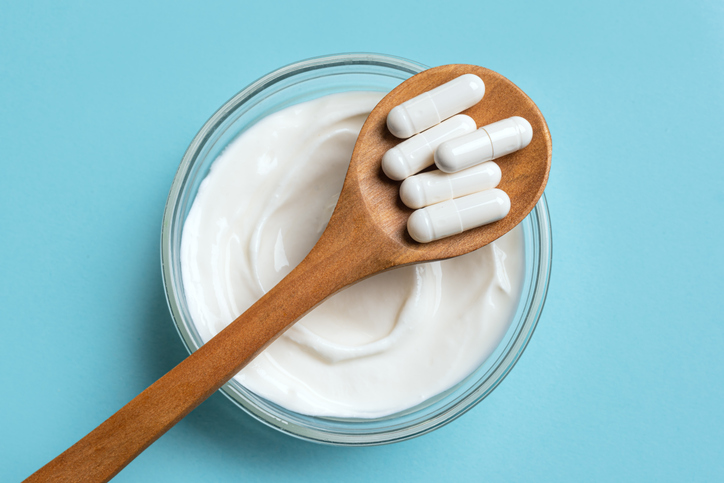
Supporting your immune and metabolic health is important, but especially as you age. It’s the best way to lower your risk of chronic inflammation and many diseases that go with it.
You’ve probably heard a lot of talk about probiotics, and maybe less about prebiotics.
What the heck is the difference, and how can they help you stay healthy?
I was confused about this for a long time … and I’d like to spare you that confusion, especially so you can start using these to your benefit.
Here’s some info, and a study that proves how they work together to keep you healthy.
Prebiotics + probiotics = lower inflammation
Chronic inflammation isn’t the redness, swelling and pain of an infected cut on your finger. That’s considered acute inflammation, a short-term event triggered by white blood cells to fight infection.
Chronic inflammation is a metabolic condition that leads to a wide range of diseases, including Parkinson’s, type 2 diabetes and autoimmune diseases like lupus and Crohn’s disease.
We know a lot about how to eat (and how not to eat) to avoid chronic inflammation and disease, especially as we reach our 60s and beyond.
A Mediterranean-style diet is a good example. It includes plenty of alkaline-promoting foods like fruits, vegetables, legumes, and nuts, which help tamp down inflammation. Just don’t overdo the acid-forming foods, which include whole grains, fish and chicken.
Many supplements can help reduce inflammation as well, including omega-3s and vitamin D.
But a study led by experts at the University of Nottingham found that combining certain dietary supplements is more effective than single prebiotics or omega-3s in supporting immune and metabolic health, which could lower the risk of conditions linked to chronic inflammation.
Before I get to why, you’ll need to understand the difference between probiotics and prebiotics:
Probiotics are live microorganisms that, when consumed in adequate amounts, provide health benefits to the host. Probiotics are found in fermented vegetables like sauerkraut and in dairy products such as yogurt and kefir (a fermented drinkable yogurt).
Prebiotics are non-digestible food ingredients that selectively promote the growth and/or activity of beneficial bacteria in the gut. The fiber in asparagus, for example, is a prebiotic.
In other words, prebiotics feed probiotics.
When you combine kefir with a diverse prebiotic fiber, you get a synbiotic (not to be confused with symbiotic) effect in which the fiber nourishes the microbes, helping them thrive and produce beneficial metabolites.
One of those metabolites is butyrate, a crucial short-chain fatty acid considered essential for healthy aging because it maintains gut health, reduces inflammation and supports immune function.
When researchers at the University of Nottingham tested a synbiotic against either omega-3s or fiber alone, they found that the synbiotic produced the most potent anti-inflammatory effects.
According to lead researcher Dr Amrita Vijay, “Our study shows that while all three dietary approaches reduced inflammation, the synbiotic — combining fermented kefir with a diverse prebiotic fiber mix — had the most powerful and wide-ranging effects.”
What does this mean for you?
So, can you apply these findings to your own health? Absolutely.
Synbiotic supplements (those with both probiotics and prebiotics, in one) are available.
But improving your diet with more probiotic-rich foods and increasing your fiber intake for prebiotics is another option.
Be sure to pay attention to how your gut responds. You may experience some gas and feel a little bloated. If you do just dial it back, then add a little more as your body adapts.
Just for reference: healthy probiotic foods include:
- Yogurt
- Sauerkraut
- Tempeh (a fermented soybean product)
- Kefir
- Miso
- Kombucha (fermented black or green tea)
- Semi-hard cheeses like gouda
Prebiotic foods to combine with these include:
- Bananas
- Asparagus
- Oats
- Flax seed
- Leeks
- Soybeans
- Leafy greens
- Berries
With a little patience, you’ll find the foods that agree with you, and that you can continue to eat together to support your gut and conquer inflammation to live long and healthy with vim and vigor!
Editor’s note: Did you know that when you take your body from acid to alkaline you can boost your energy, lose weight, soothe digestion, avoid illness and achieve wellness? Click here to discover The Alkaline Secret to Ultimate Vitality and revive your life today!
Sources:
Combination of pre- and probiotics offers superior anti-inflammatory benefits compared with omega-3 or prebiotic alone — Eureka Alert
The anti-inflammatory effects of three different dietary supplement interventions — Journal of Translational Medicine
The 20 Best Prebiotic Foods You Should Eat — Healthline
11 Probiotic Foods That Are Super Healthy — Healthline
Probiotic Vs. Prebiotic: Which Is Best for Gut Health? Dietitians Explain — Prevention
